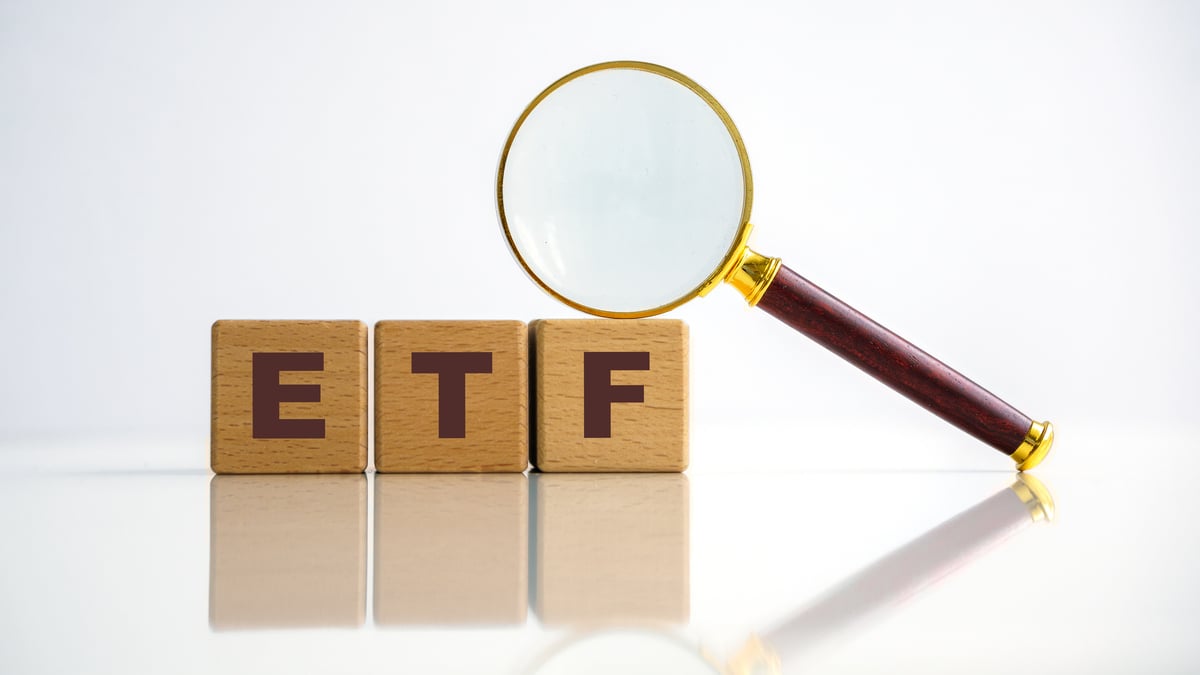While the headline may sound unbelievable, it's no joke. A $1,000 investment in the Invesco QQQ Trust ETF (QQQ +0.41%) could indeed turn into $10 million. That said, this is not a get-rich-quick scheme, and you will need two aids in getting there: time, and a disciplined dollar-cost-averaging strategy.
A $1,000 investment in the Invesco QQQ Trust ETF that you just let sit there won't turn into $1 million, let alone $10 million, unless you have a very, very long time horizon. In fact, if you invested $1,000 in the exchange traded fund (ETF) 10 years ago, you'd have just over $5,000 today. That's not bad, but it's very far from $10 million.
Instead, what you'd need to do is invest $1,000 consistently every month in the ETF. The fund (as of the end of May) has generated an average annual return of 17.7% over the past 10 years and 18.1% over the past five years. If you invested $1,000 a month in the Invesco QQQ Trust ETF and saw a similar rate of return for about 30 years, you'd have around $10 million.

Image source: Getty Images.
Is the Invesco QQQ Trust ETF the right investment for you?
For those unfamiliar with the Invesco QQQ Trust ETF, it tracks the performance of the Nasdaq-100. This popular index consists of the 100 largest non-financial companies that trade on the Nasdaq stock exchange. The index is weighted by market cap, which means that the larger a company is by market capitalization (shares outstanding multiplied by its share price), the higher the percentage it commands in the index.
The index has always been heavily weighted toward growth stocks, as during its early days, the Nasdaq Stock Market drew in younger, more growth-oriented companies (due to its less stringent listing requirements and lower listing fees than those of the New York Stock Exchange).
Meanwhile, many of the country's top technology companies got their start on the Nasdaq. This led the exchange to eventually become associated with technology stocks, leading other up-and-coming tech stocks to follow suit and list there when they went public. Today, the technology sector represents over 57% of the Nasdaq-100's portfolio weighting.
The strong performances of the Invesco QQQ Trust ETF and the Nasdaq-100 over the past decade are directly tied to their tech-heavy makeup. Over that time, tech stocks have come to dominate the ranks of the world's largest companies. This can be seen in the ETF's top holdings and their current weightings.
Here is a list of the Invesco QQQ Trust ETF's top holdings and their weightings as of June 18, 2025:
| Holding | Weighting | Holding | Weighting | |
|---|---|---|---|---|
| 1. Microsoft | 8.9% | 6. Broadcom | 4.8% | |
| 2. Nvidia | 8.8% | 7. Meta Platforms | 3.8% | |
| 3. Apple | 7.3% | 8. Netflix | 3.2% | |
| 4. Amazon | 5.6% | 9. Tesla | 2.9% | |
| 5. Alphabet | 4.9% | 10. Costco Wholesale | 2.6% |
Data source: Invesco.
As you can see from the list above, many of the ETF's top holdings are helping lead the way in artificial intelligence (AI). With AI still in its early innings, these stocks could still have a lot of room to grow despite their size. However, given the Invesco QQQ Trust ETF's concentration in these top stocks, how it performs in the future will depend a lot on their performance.
If AI becomes the game-changing technology that many predict, the Invesco QQQ Trust ETF will have the opportunity to post returns similar to its performance over the past 10 years. It's worth remembering that the Nasdaq-100 did crash after the Internet boom in the early 2000s. Today, though, AI is largely being led by very large, profitable, cash-rich companies, most of which still trade at pretty attractive valuations.
Data by YCharts.
If you're a risk-tolerant investor with a long-term perspective, the Invesco QQQ Trust ETF is a great investment vehicle that can help you build substantial wealth over time. The key is not veering from that dollar-cost-averaging strategy.
Remember, the Nasdaq 100 completely crashed back in 2000 -- shortly after the Invesco QQQ Trust ETF was launched in 1999 -- and look at where the ETF is now. If you'd continued to invest in it during that downturn, you'd be in very good shape today.







